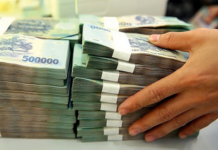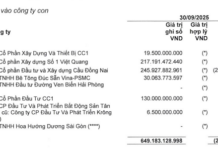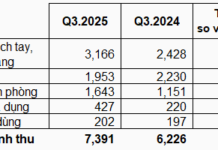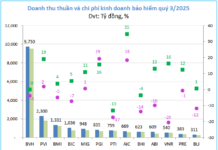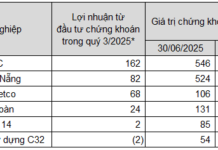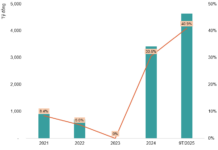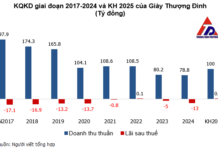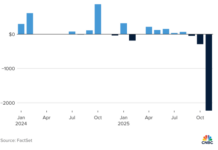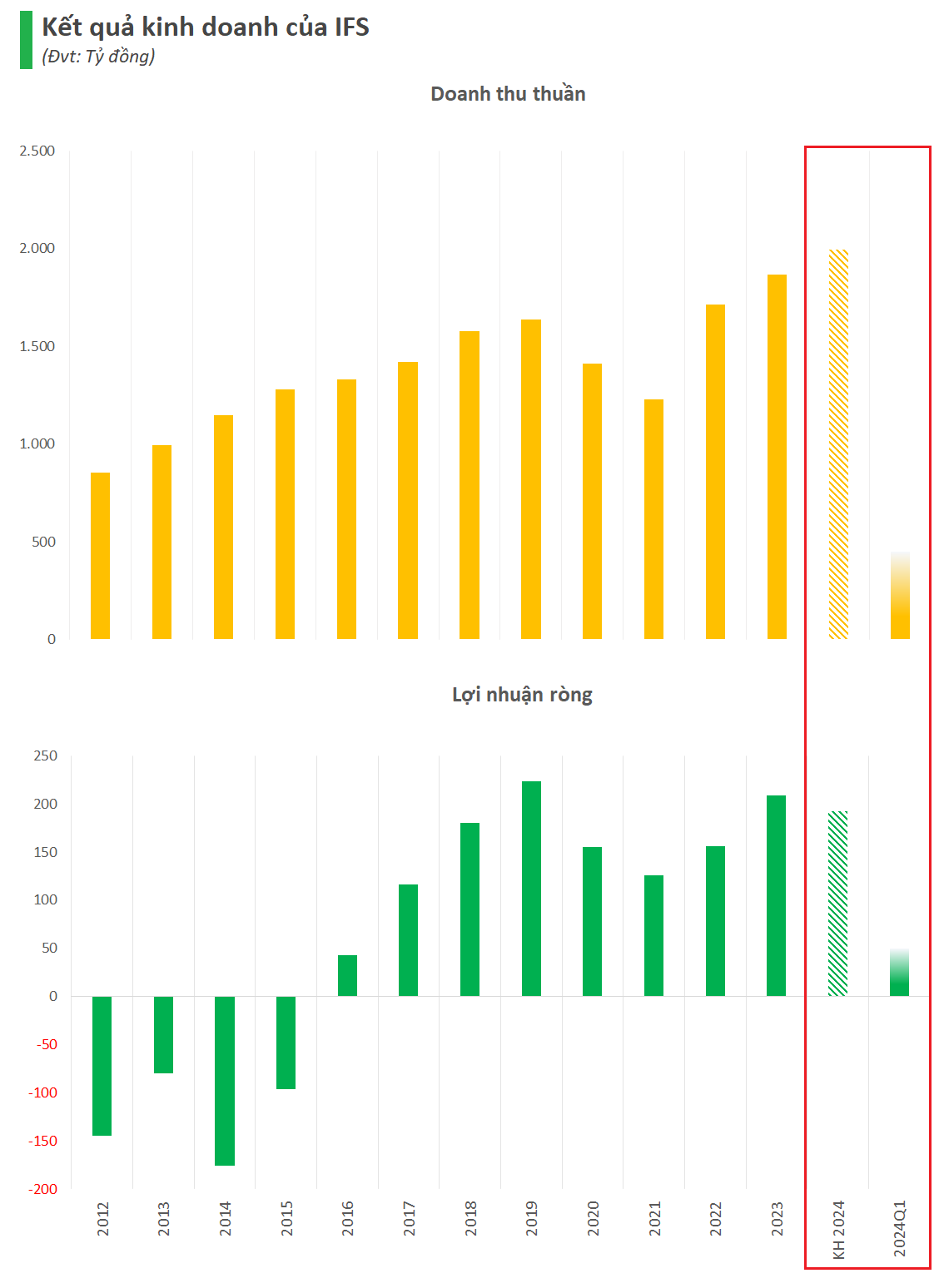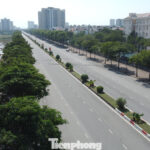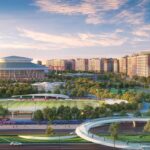In 2023, the Prime Minister of Vietnam issued Decision No. 153/QD-TTg approving the Thanh Hoa Province Master Plan for the period of 2021 – 2030, with a vision towards 2045.
Thanh Hoa aims to leverage its strategic location, unique potential, and competitive advantages to achieve rapid and sustainable socio-economic development. The province seeks to strike a balance between the development of its diverse regions, particularly between the plains and coastal areas and the mountainous regions, as well as between urban and rural areas. Additionally, it aims to carefully manage the relationship between rapid development and sustainability, and between horizontal and vertical growth, with vertical growth being the primary focus. The ultimate goal is to transform Thanh Hoa into a new growth pole, alongside Hanoi, Haiphong, and Quang Ninh, forming a development quadrangle in the north of the country.
While the master plan for Thanh Hoa Province does not yet include detailed designs, the following images showcase the envisioned future urban development of Thanh Hoa by 2045, creatively generated using AI technology.

By 2025, Thanh Hoa aims to be among the leading provinces in the country – a new growth pole with a rapidly growing and sustainable economy. Together with Hanoi, Haiphong, and Quang Ninh, it will form a development quadrangle in northern Vietnam. By 2030, the province aims to become a modern industrial province, with a per capita income higher than the national average, and solid national defense and security, while maintaining social order and safety.
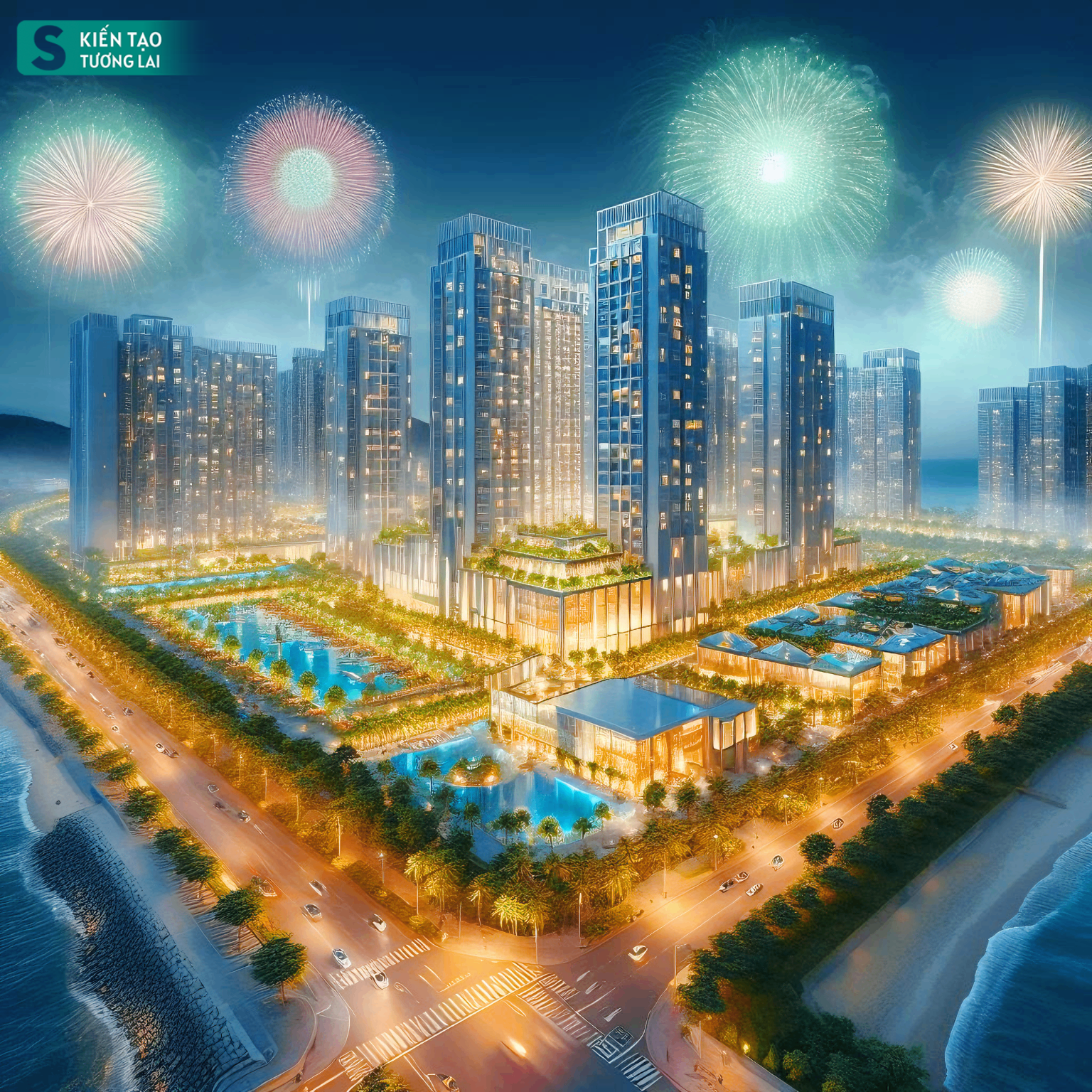
By 2045, Thanh Hoa envisions becoming a prosperous, civilized, and modern province, serving as a comprehensive and exemplary model for the entire country. Its development will be centered around a digital and knowledge-based economy, driven by high-quality human resources. The province will prioritize industries with high technology, added value, and environmental friendliness. It will also focus on modernizing service sector infrastructure, integrating it seamlessly with national and regional networks. Additionally, Thanh Hoa aims to revolutionize its agricultural sector by adopting advanced and modern practices to ensure product safety.
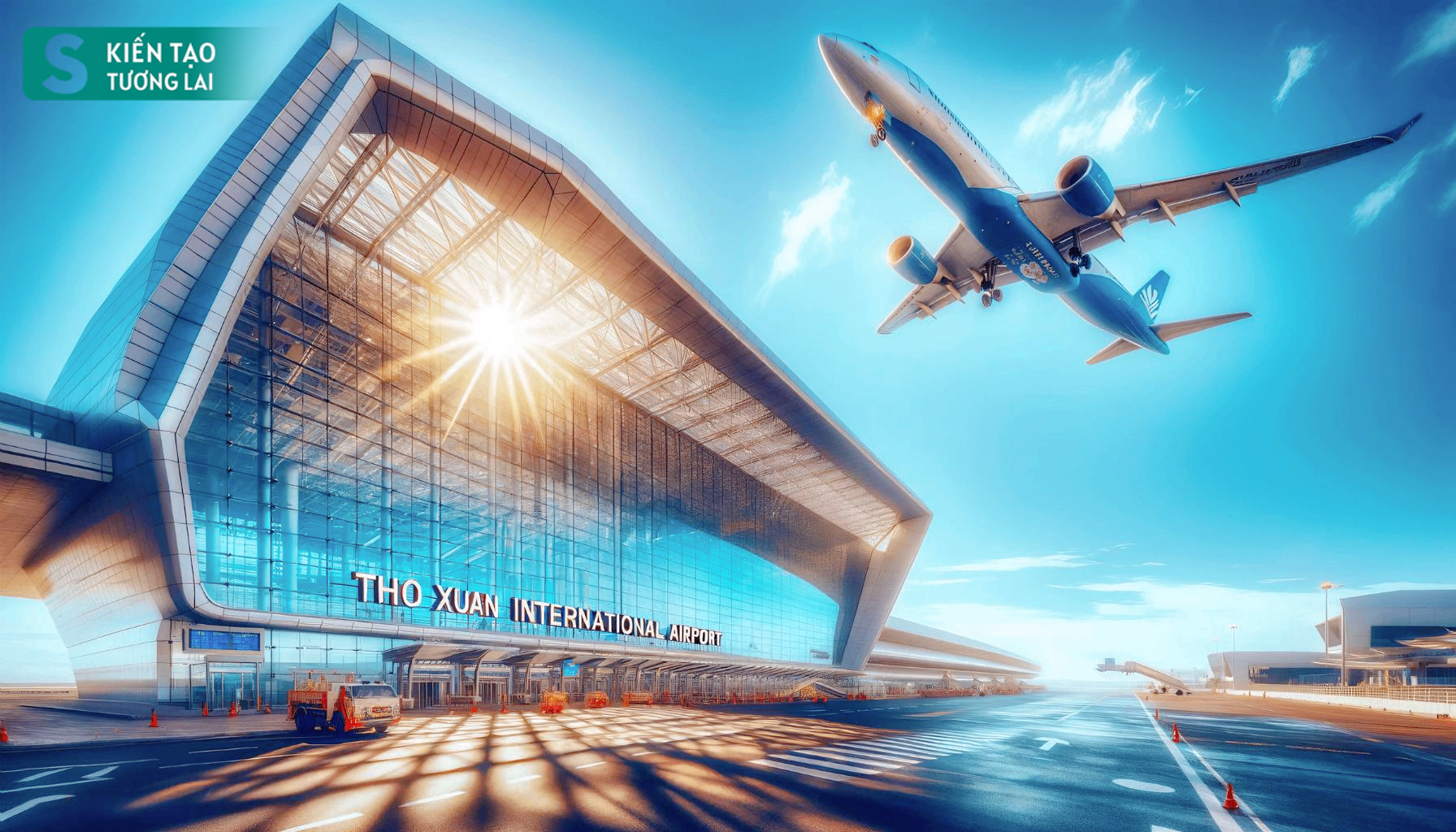
The master plan for Tho Xuan International Airport for the period of 2021-2030, with a vision towards 2050, includes its development into an international airport serving as a backup for Noi Bai International Airport. It will be a mixed-use civilian and military airport, classified as 4E for civilian use and Class I for military use, with a capacity of 5 million passengers and 27,000 tons of cargo annually. A total of 16 aircraft parking positions are planned, capable of accommodating Code E or equivalent aircraft. The land requirement by 2030 is estimated at 884.86 hectares.
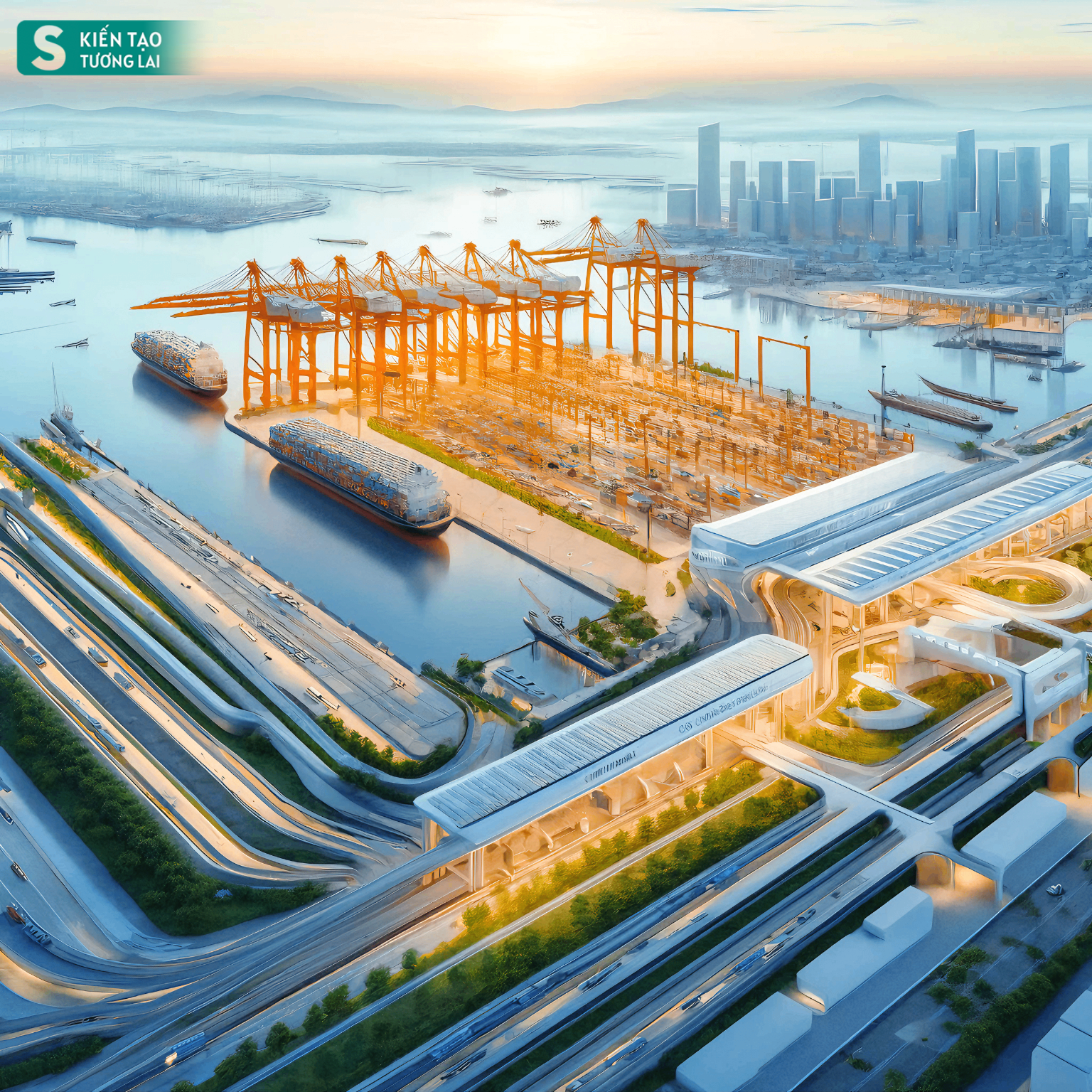
The plan for Nghi Son Port involves its integration with the Nghi Son Economic Zone, transforming the area into a key coastal urban, industrial, and service center in the country. This region will be a multi-sectoral and multi-disciplinary development hub, with a focus on heavy industry, basic industry, energy industry, processing, manufacturing, and services, leveraging the efficient exploitation of Nghi Son Port.
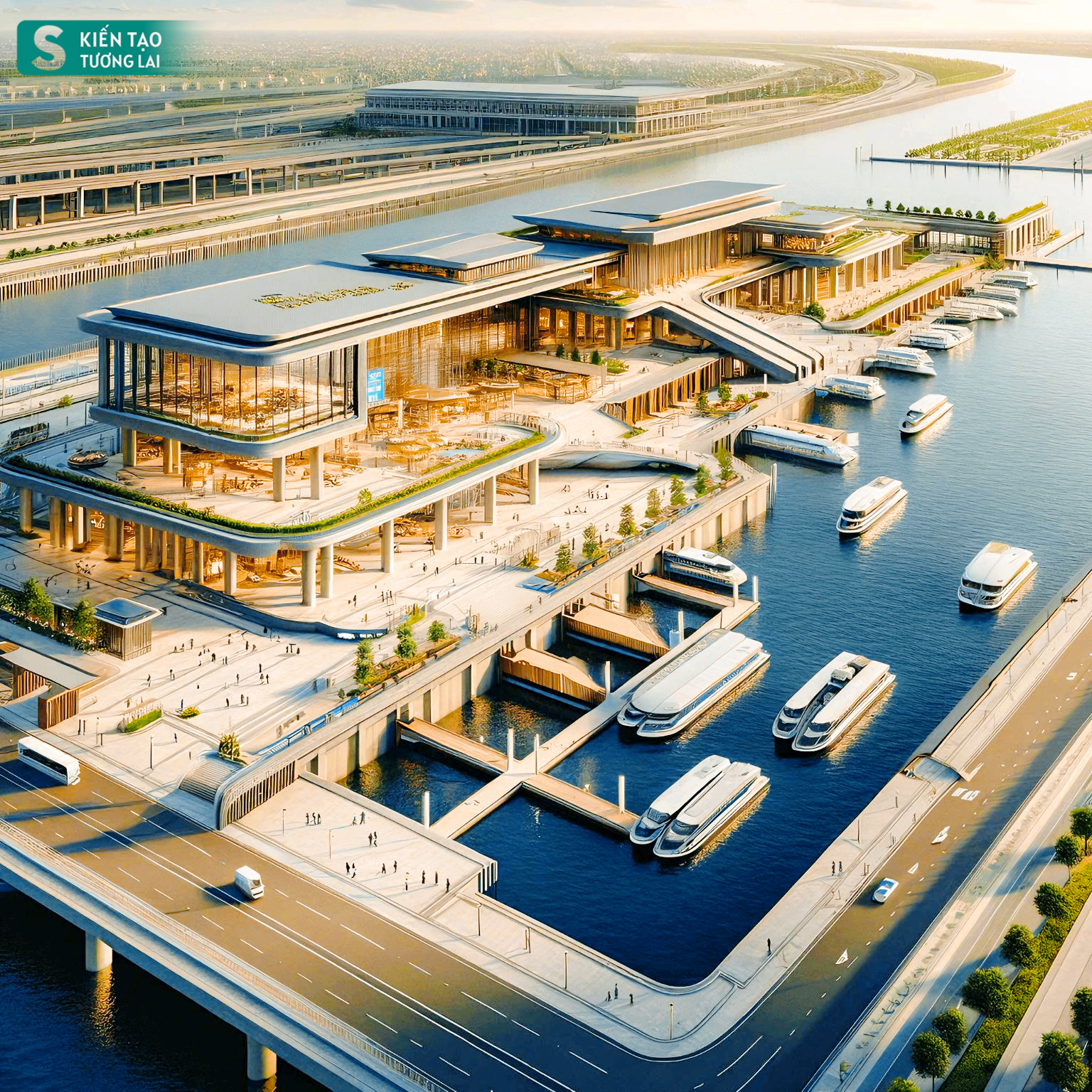
By 2030, Thanh Hoa will manage and operate 818.5 km of inland waterways, including 249.5 km under the management of the central government and 569 km under local management. The plan includes seven ports, consisting of one passenger port (Ham Rong) and six general cargo ports: Hoang Ly, Do Len, Hai Chau, Binh Minh (Lach Bang), Lach Truong, and Mong Guong. Additionally, there will be 80 inland waterway wharves to support socio-economic development and meet transportation needs.
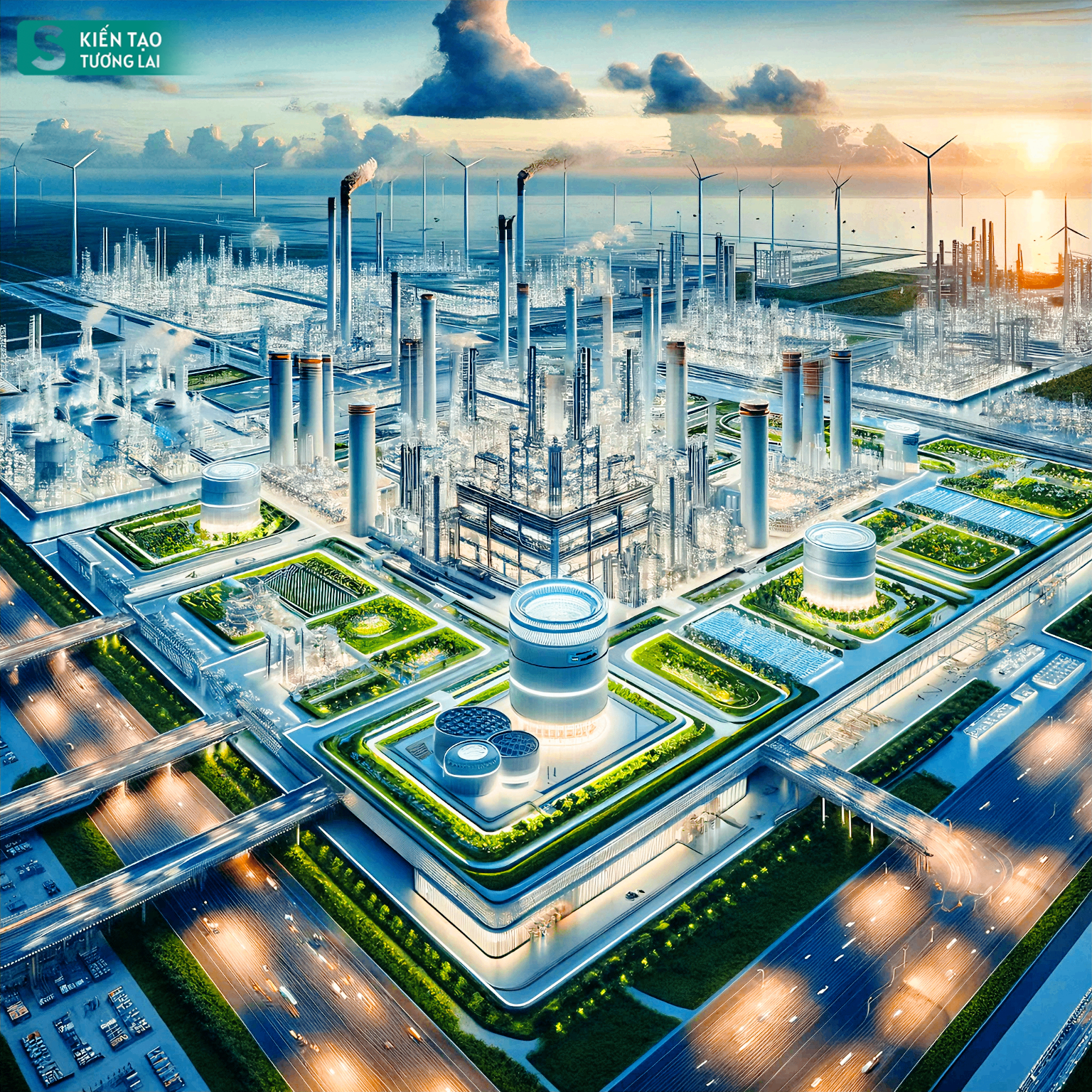
Thanh Hoa aims to become one of the largest centers for processing and manufacturing industries in the North Central region and the country. This will serve as a foundation for shifting the economic structure towards industrialization and modernization. The province will prioritize the development of competitive and high-value industries, particularly by creating the most favorable conditions for the Nghi Son Refinery to maximize its capacity and expand its operations.
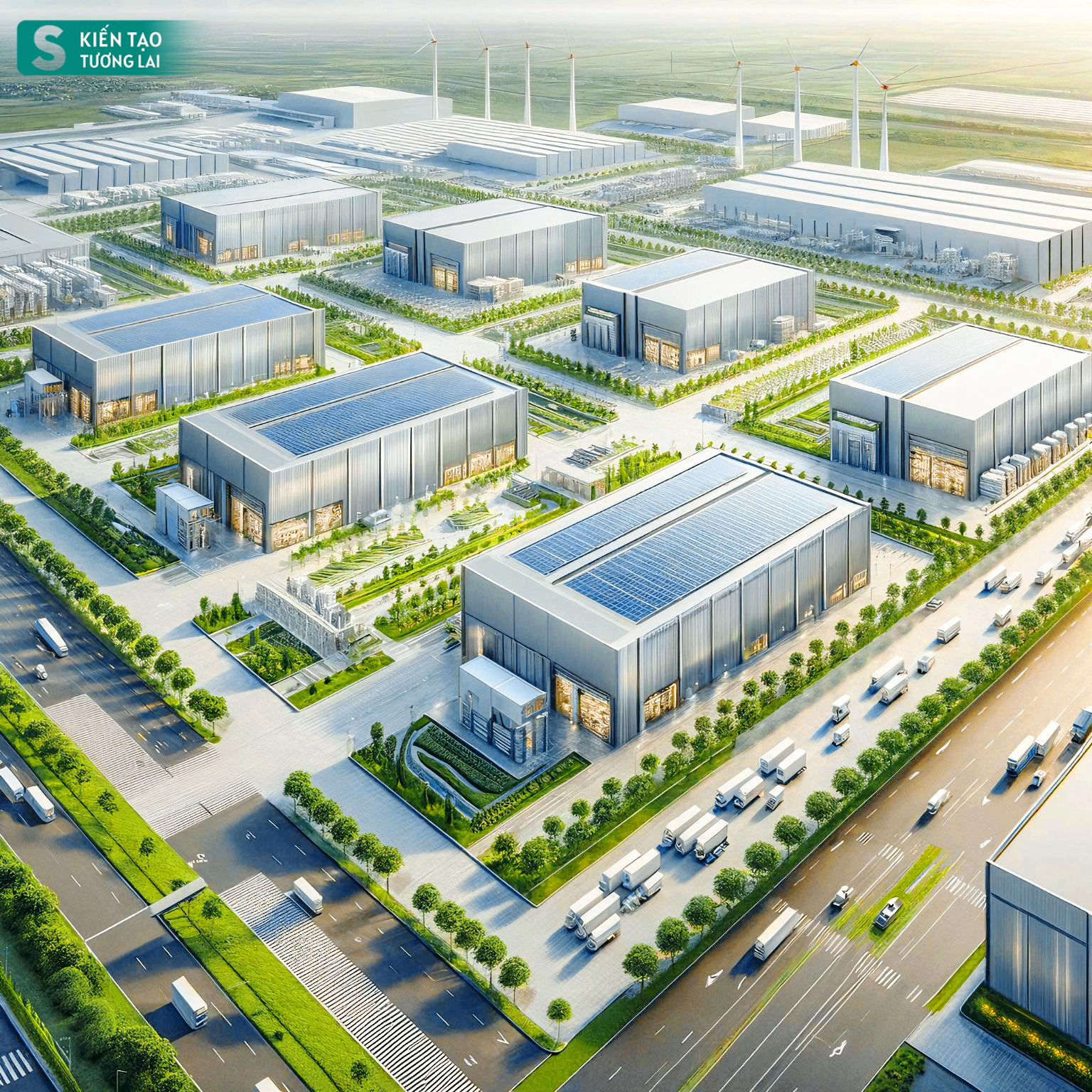
The plan includes the construction of a regional-level logistics center in the Nghi Son Economic Zone, a provincial-level logistics center in the western area of Thanh Hoa city with a minimum scale of approximately 10 hectares, and another logistics center in the Lam Son – Sao Vang Industrial Park with a minimum scale of approximately 20 hectares.
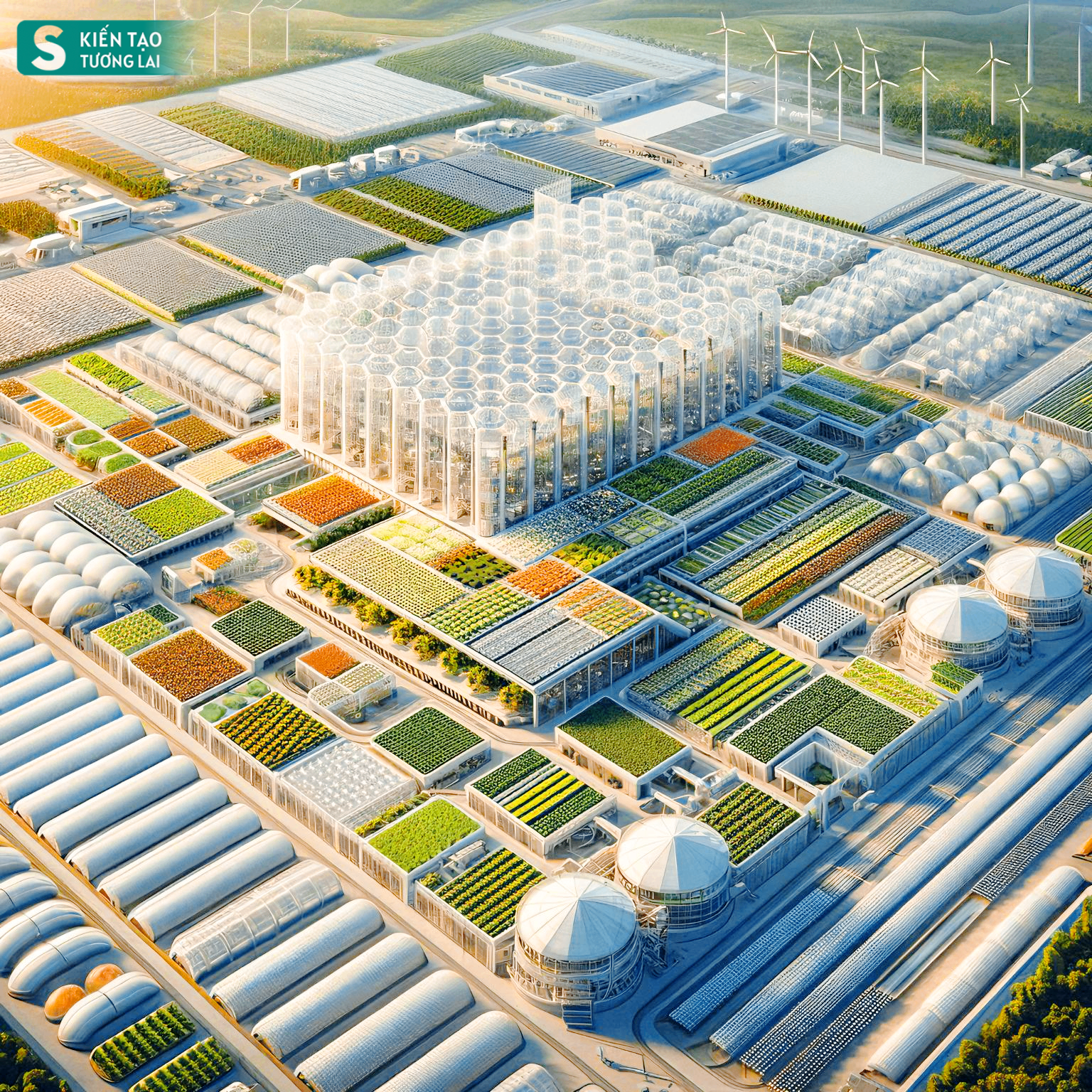
Restructuring the agricultural sector will be a key focus, emphasizing the development of large-scale, high-value agriculture and livestock models, integrated with the food processing value chain to enhance production efficiency. Advanced technologies, including organic farming practices, will be applied to improve land use efficiency, increase crop and livestock productivity, and boost labor productivity.

By 2030, Thanh Hoa aims to become one of the country’s major tourism centers, offering high-quality tourism products and establishing itself as a competitive and renowned destination. Sam Son, a leading tourist destination in northern Vietnam, is already a prominent beach resort in the country, as evidenced by its high revenue during the recent 30/4-1/5 holiday.
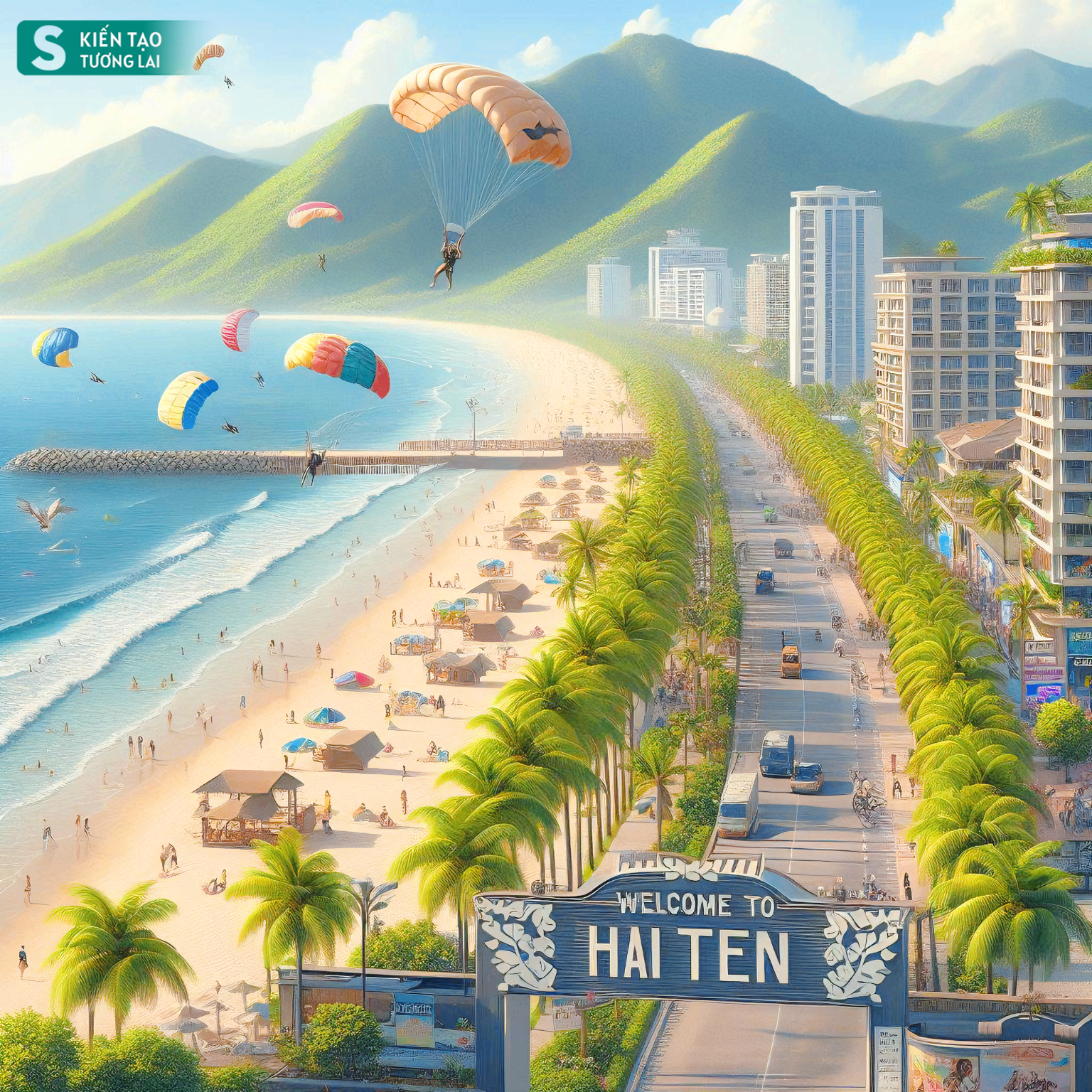
The plan includes promoting beach tourism in other potential areas such as Hai Tien, Hoang Truong (Hoang Hoa), Hai Hoa (Nghi Son town), and the coastal area of Quang Xuong district. Developing tourism products for exploring islands like Hon Ne and Hon Me, as well as scuba diving and other combined services such as resorts, conferences, and seminars, are also part of the vision.
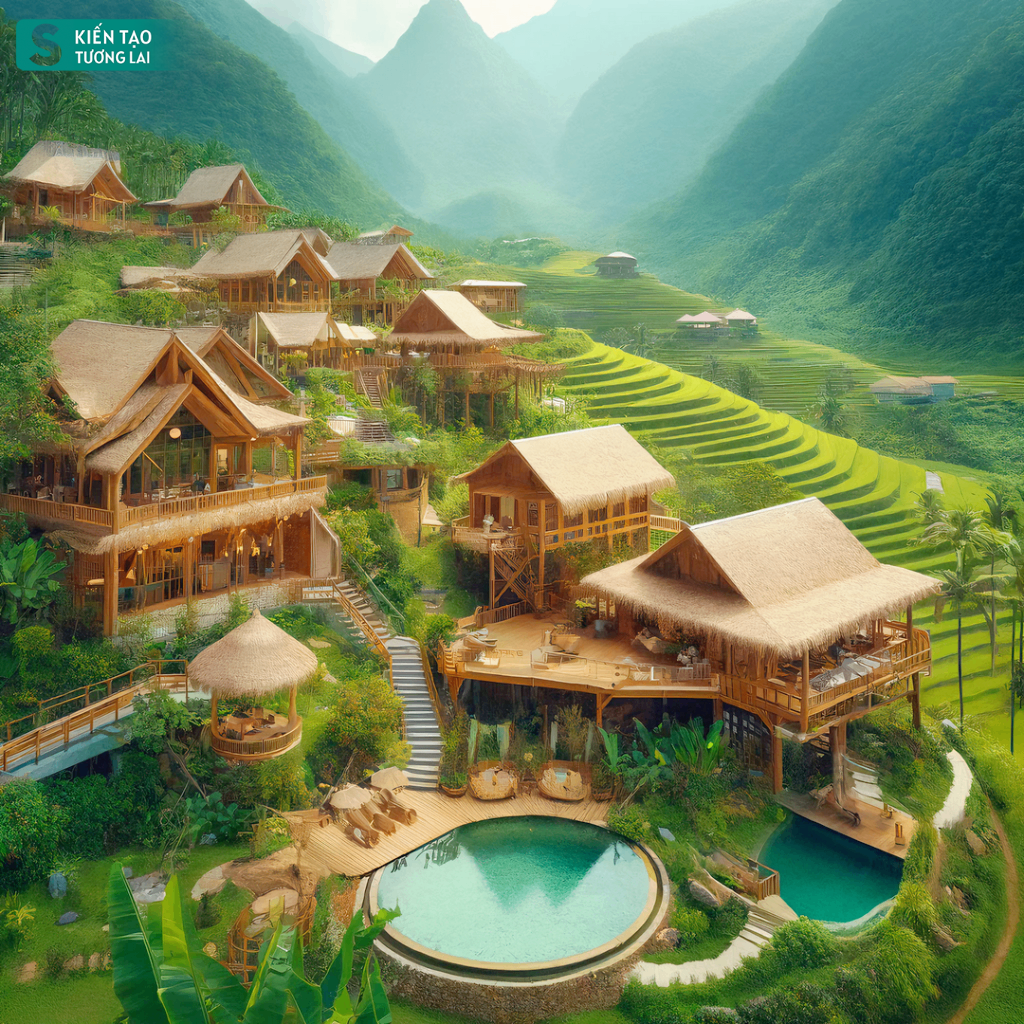
Community-based eco-tourism will be developed in permitted areas within national parks, nature reserves, and neighboring areas, with a focus on Ben En National Park, Pu Luong, Pu Hu, and Suoi Ca Cam Luong Nature Reserves, Ham Rong – Nui Do area, and eco-tourism sites in mountainous districts.
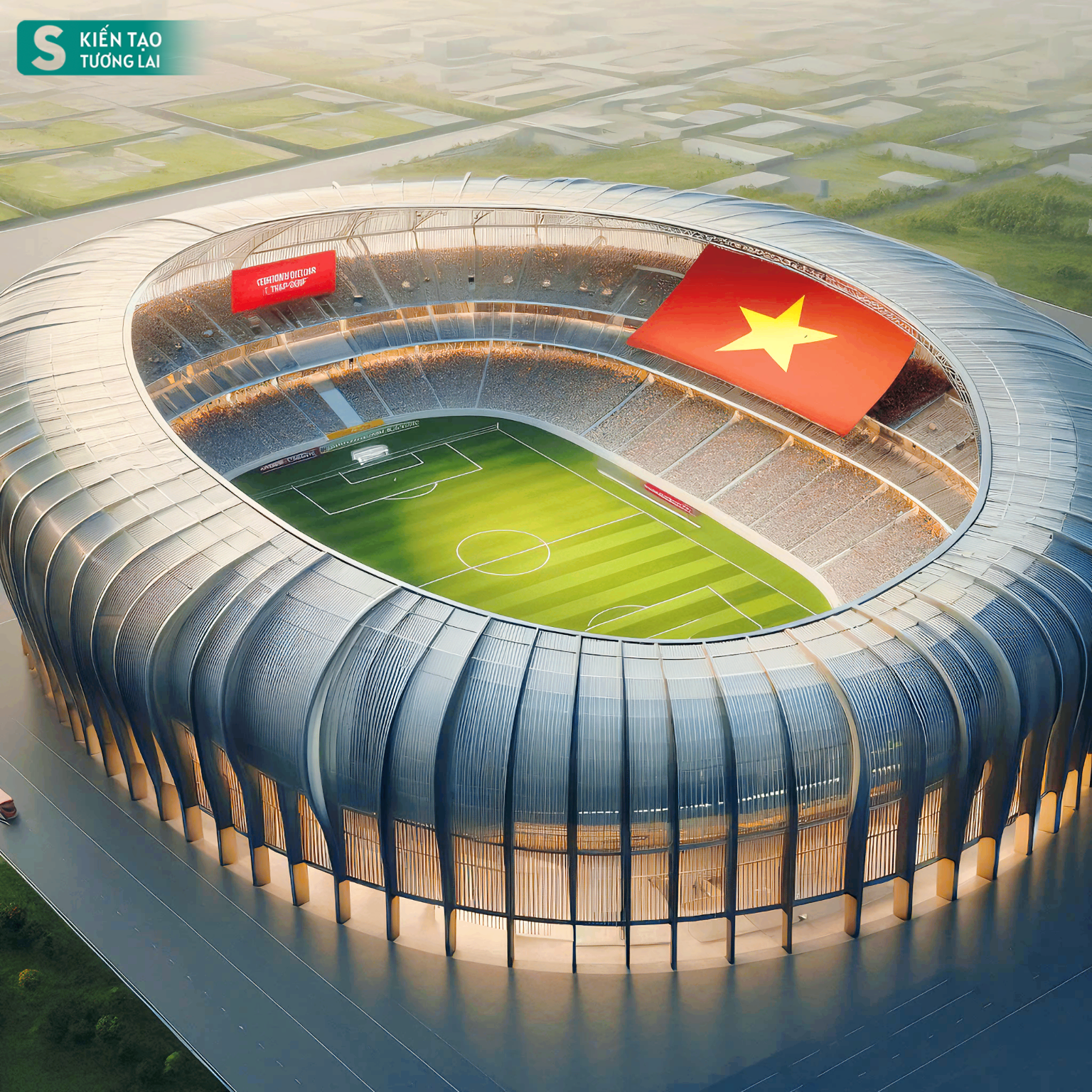
Between 2026 and 2030, Thanh Hoa plans to complete a 30,000-seat central stadium and construct the Thanh Hoa Athlete Training Center (on a North Central scale). The province will continue to develop additional facilities within the Provincial Sports Complex and regional sports centers in the districts. Each district, town, and city will have the three basic sports facilities (stadium, training and competition hall, and swimming pool) and other sports facilities.
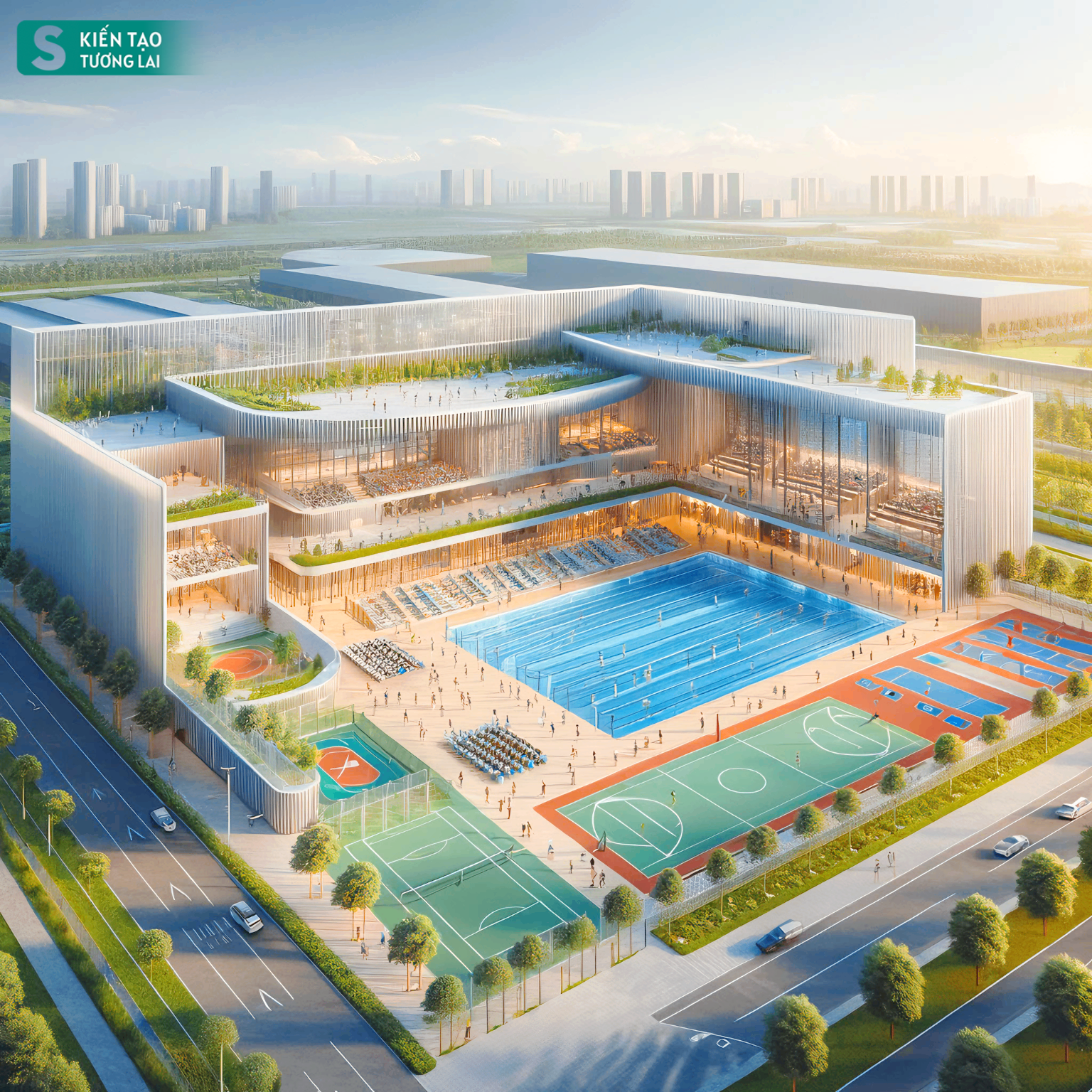
By 2045, Thanh Hoa aims for each district, town, and city to have at least two-thirds of the three basic sports facilities (stadium, training and competition hall, and swimming pool) and other sports infrastructure.










